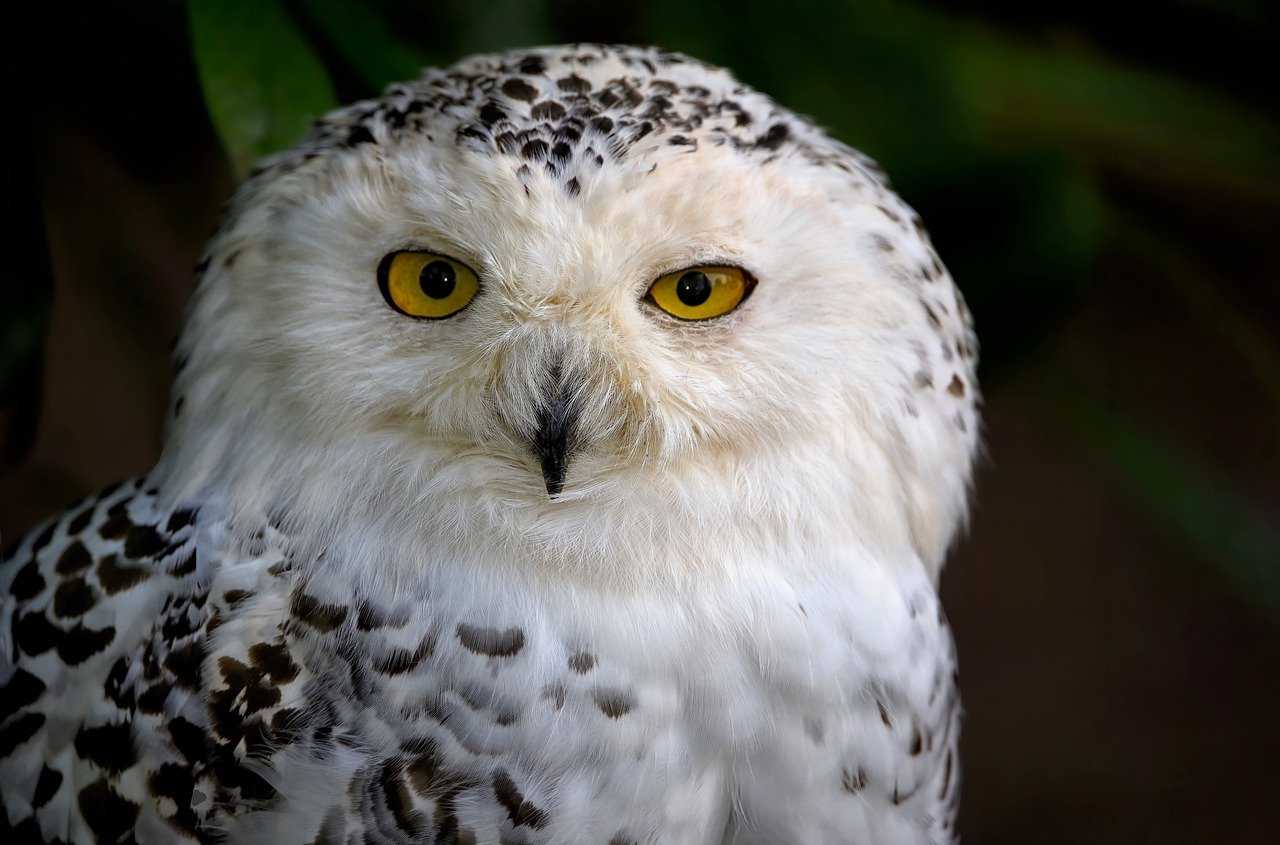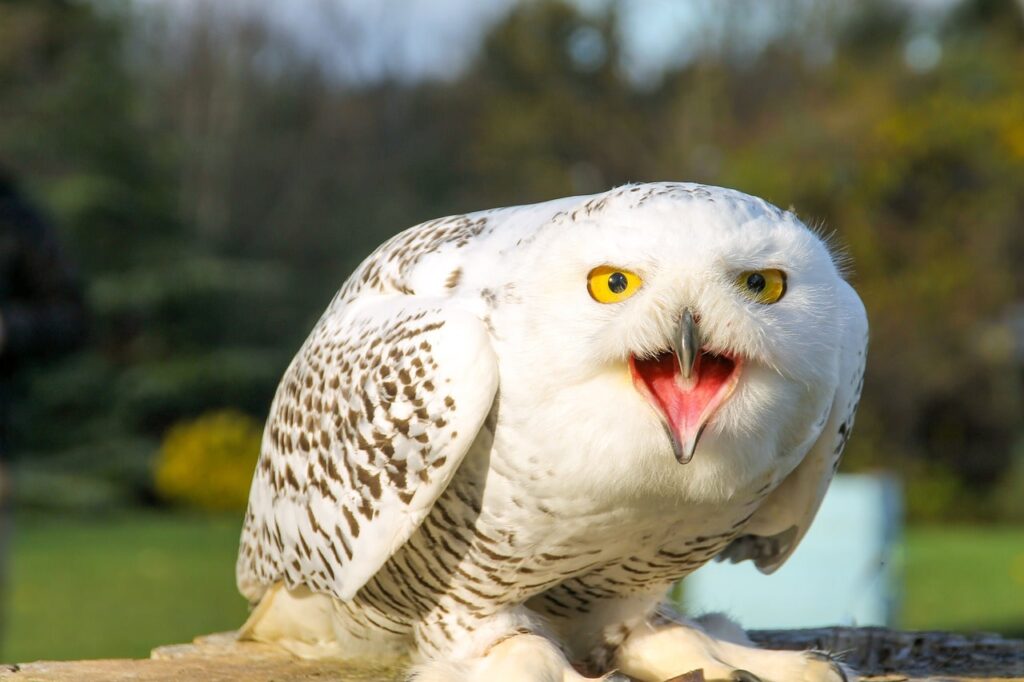Arctic Avian World: Facts About Snowy Owls
Introduction
Snowy owls (Bubo scandiacus) captivate with their majestic appearance and intriguing behaviors. These Arctic dwellers, often associated with winter landscapes, boast unique features that set them apart in the avian predator’s world. Here we will discuss facts about owls living in arctic regions.
Snowy Owls Taxonomy:
The snowy owl (Bubo scandiacus) is a large owl species belonging to the family Strigidae. Here are some taxonomical details about snowy owls:
- Kingdom: Animalia
- Phylum: Chordata
- Subphylum: Vertebrata
- Class: Aves
- Order: Strigiformes
- Family: Strigidae
- Genus: Bubo
- Species: Bubo scandiacus

Snowy Owl (Bubo scandiacus)
Facts About Snowy Owls
Followings are 10 facts given about Highland Tundra Owls:
1. Distinctive Appearance of Tundra Owl
Snowy owls, scientific name Bubo scandiacus, are renowned for their stunning appearance. These Arctic dwellers boast predominantly white plumage, blending seamlessly with snowy landscapes as well as intricate black markings, including spots and bars, add a touch of elegance to their majestic visage.
2. Arctic Habitat of White Owls
These owls predominantly inhabit Arctic regions across North America, Europe, and Asia. Their adaptability extends to subarctic tundra areas which is next showcasing their resilience in extreme climates.
3. Impressive Size and Wingspan
Ranked among the largest owl species, snowy owls exhibit impressive proportions. Females, slightly larger than males, can reach a wingspan of up to 5 feet. This substantial size aids in their graceful flight over vast Arctic landscapes.
4. Diurnal Hunting Behavior: Owls of Arctic Regions
A unique trait among owls, snowy owls display diurnal art of hunting. Active both day and night, this adaptation ensures they capitalize on continuous daylight during the Arctic summer, providing ample opportunities for hunting.
5. Prey Preferences of Snowy Owls
White owls primarily prey on lemmings, small mammals abundant in Arctic environments. Their menu also includes birds, rabbits, and other small creatures. Patient perching and silent swoops characterize their efficient hunting techniques.

Snowy Owls Predator
6. Migratory Nomads
Exhibiting nomadic tendencies, great white owl undertake extensive migrations in search of food. Some individuals embark on remarkable journeys, venturing as far south as the northern United States during periods of food scarcity.
7. Breeding in Arctic Tundra
Breeding for arctic owls occurs in the Arctic tundra. They construct nests on elevated ground, offering a strategic vantage point. These nests, simple depressions lined with feathers and vegetation, provide a secure environment for raising their young.
8. Vocalizations of Snowy Owls
These owls communicate through a range of vocalizations. Males emit distinctive hooting calls, serving as territorial markers and attracting potential mates. These vocalizations can carry over considerable distances in the Arctic stillness.
9. Conservation Concerns
While not currently endangered, snowy owls face conservation challenges. Habitat degradation and disturbances, exacerbated by climate change, pose threats to their nesting sites and food sources. Vigilant monitoring and conservation efforts are essential to ensuring their continued survival.
10. Mythology and Symbolism of Arctic Owls
These owls hold cultural significance across various societies. In some Native American cultures, they are believed to embody wisdom and foresight. Their majestic presence in folklore and mythology underscores the profound impact these Arctic predators have had on human imagination throughout history.
Conclusion:
As a result, tundra owls stand as Arctic sentinels, captivating with their beauty and resilience. Understanding these 10 intriguing facts sheds light on their unique characteristics and the delicate balance required for their survival in the frozen expanse of the North.



